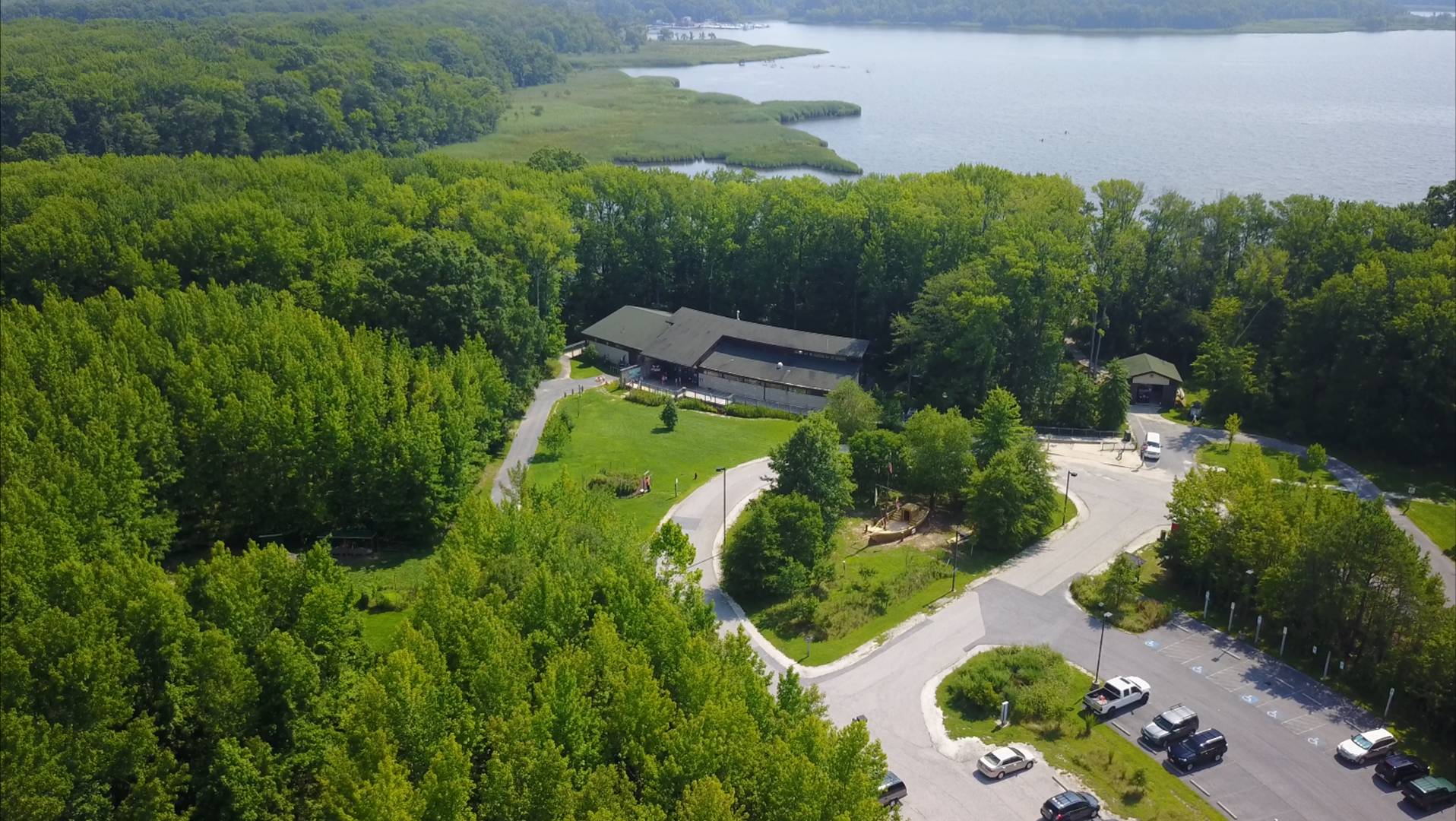It seems that these days, there is a holiday for almost everything. Indeed, Saturday, September 7, is this year’s International Vulture Awareness Day. When I first heard about this holiday, I thought, “What’s next, Centipede Appreciation Week?”
But on more careful consideration, I realized that vultures are among the true unsung heroes of our ecosystem.
Most of us have an image of vultures in our heads. Sometimes, it is based on cartoons where vultures are interchangeably referred to as buzzards. Sometimes, it is depicted with a ghoulish grin and shirtfront napkin—wielding fork and knife and waiting for the next hapless animal to come along.
This depiction, while comical, is far from the reality of these environmentally important scavengers.
The term “buzzard” may sometimes be applied to vultures in the Americas, but the old world species referred to as buzzards are actually in the same family as some of our most recognizable hawks. Indeed, these buzzards are not closely related to vultures and often lead a much more predatory lifestyle.
Vultures, on the other hand, are carnivores but they feed almost exclusively on carrion (dead animals). There are seven new world species and sixteen old world vulture species of vulture. However, new world vultures and old world vultures are not closely related.
In our area, we have two species of vultures: the turkey vulture and the black vulture. Black vultures, a historically southern species, are also known to be expanding their range further to the north and east with changes in climate.
The two species can be differentiated as their names suggest—the turkey vulture with its featherless red head, and the black vulture by its featherless black head. In flight, black vultures have silvery wing tips while the whole underwings of turkey vultures show silver.
A circling group of vultures is called a “kettle”—their black wings and circular motion reminiscent of the stirring a pot. Those resting on the ground or in trees are called a “committee.” A group of vultures feeding on the ground is called a “wake”—an appropriate name for birds that feed on dead animals.
Our local vultures are well adapted for their scavenging lifestyles. Since their food is already dead, they do not have the sharp talons and strong feet typical of birds of prey. Turkey vultures possess a keen sense of smell, while black vultures rely mainly on their eyesight to find food. Both species will flock and feed together, with the more sociable black vultures sometimes pushing more solitary turkey vultures off a carcass.
To thrive at their scavenging lifestlyes, vultures have a number of interesting adaptations. Their featherless heads help them to keep clean the one part of their bodies they cannot reach to preen. Their stomachs are exceptionally acidic to aid in digesting and not getting sick from eating dead animals.
They can also gorge themselves when food is abundant, but sometimes eat so much they are not easily able to take back to the air. When faced with this problem, vultures can projectile vomit to get rid of the excess weight and discourage the perceived threat of any animal that made the mistake of approaching.
Finally, vultures also have the original animal air conditioning—they will defecate on their legs and evaporation takes care of the cooling.
So, of all the unexpected holidays on the calendar, at least International Vulture Awareness Day has great greeting card potential. Marshy Point is currently working on obtaining a black vulture for environmental education so please check back for an up-close encounter.

